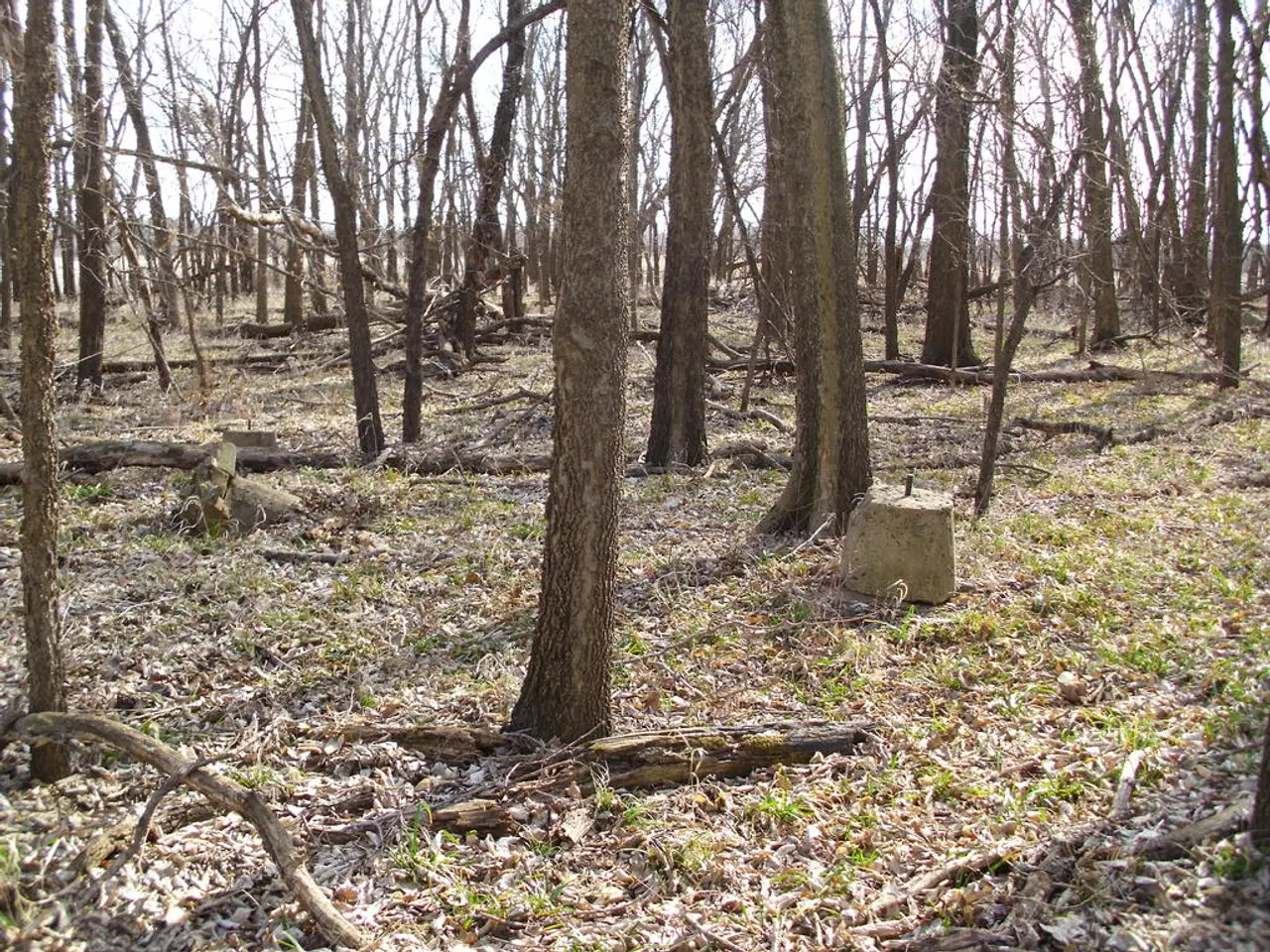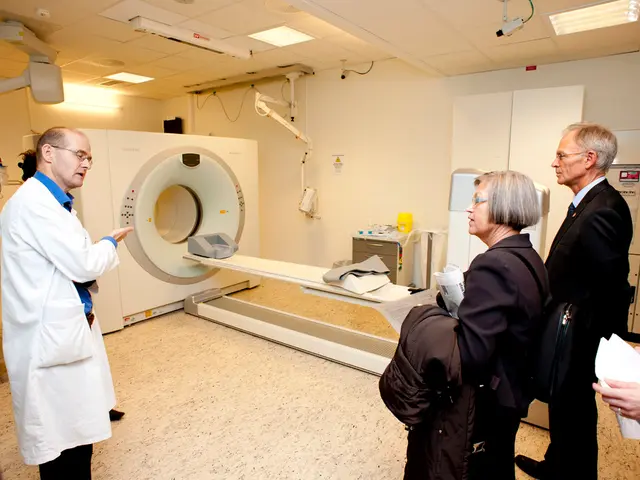Decreasing Carbon Absorption by European Forests: Is a Reversal Possible?
Europe's forest carbon sink, a crucial factor in offsetting carbon emissions, is showing signs of weakness. The primary causes for this decline are increased timber harvesting and deforestation, the impacts of climate change, and the prevalence of monoculture forests [1][2][3][4][5].
The rise in wood removal not only reduces forest carbon storage but also impairs the recovery capacity of these vital ecosystems. Climate change effects, such as more frequent heatwaves, droughts, and extreme weather events, stress trees and slow their growth rates [1][3][5]. These conditions, coupled with disturbances like pest infestations, wildfires, and storms, cause tree mortality and carbon release. Monoculture forests, which cover about 30% of the European forest area, are particularly vulnerable to these stresses, weakening the overall carbon sink [1][3][5].
The weakening carbon sink poses a threat to the EU's climate goals, including the target of climate neutrality by 2050. Historically, forests have offset about 10% of the EU's CO₂ emissions. However, due to these factors, they now absorb significantly less carbon—a nearly one-third reduction in annual CO₂ uptake compared to a decade ago [1][2][4].
To address this issue, researchers have identified several key priorities for monitoring and improving the forest carbon sink. These include enhanced forest monitoring using Earth observation (satellite data) to track not only living vegetation but also deadwood and soil carbon stocks for comprehensive carbon accounting [1][2][5]. Improved modelling is also essential to understand forest carbon dynamics under changing climate and management scenarios.
Rethinking timber harvesting approaches and promoting resilience-building measures, such as diversifying forest species and structure, are vital to withstanding climate impacts better [1][2][5]. Policies informed by timely and reliable data can support practical and political decisions to restore and maximize carbon sink functionality and forest health.
The EU can potentially reverse the decline of its forest carbon sink by combining timely regulations with incentives for sustainable practices. The EU's forest carbon sink is expected to contribute to climate neutrality by 2050, provided continued efforts are made to safeguard Europe's forests as a natural climate solution.
Researchers advocate for integrated policies addressing both climate and environmental goals. A research roadmap is presented to guide policy decisions related to the forest carbon sink, including the EU Climate Law, LULUCF Regulation, Nature Restoration Regulation, Carbon Removals and Carbon Farming, EU Biodiversity Strategy for 2030, and the New EU Forest strategy for 2030 [1][5].
The full study on the topic is available for reading, offering insights into actions for forest monitoring, modelling, and management to prevent the decline of the forest carbon sink. The EU's commitment to reducing greenhouse gas emissions remains critical, but maintaining and restoring forest carbon sinks is equally important in the fight against climate change.
- The health and wellness of Europe's forest carbon sink, essential for offsetting greenhouse gas emissions, is under strain due to increased timber harvesting, deforestation, climate change impacts, and the prevalence of monoculture forests.
- Climate change effects, such as heatwaves, droughts, and extreme weather events, coupled with disturbances like pest infestations, wildfires, and storms, are causing tree mortality and carbon release, weakening the carbon sink.
- To address this decline, priority actions include enhanced forest monitoring using satellite data, improved modeling, rethinking timber harvesting approaches, and promoting resilience-building measures like diversifying forest species and structure.
- The EU can reverse the decline of its forest carbon sink by implementing timely regulations and incentives for sustainable practices, and combining these efforts with integrated policies addressing both climate and environmental goals, as outlined in the research roadmap.








